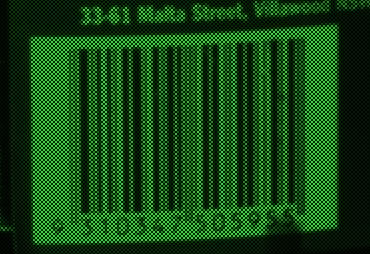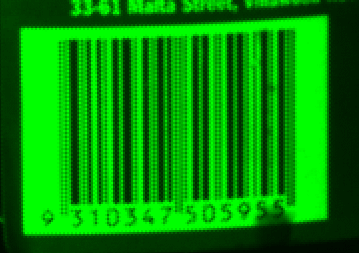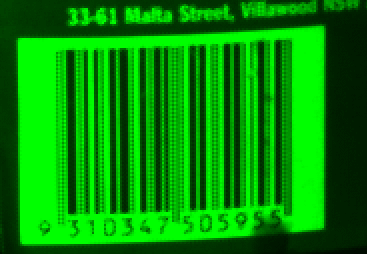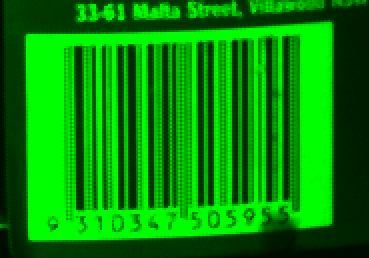
This
is what I'm using as a test image. Note that every second pixel is
missing and the known values are in a diagonal arrangement.

Here
the missing pixels have been filled in by simply averaging the
neighboring four pixels.


The
first alternative method (right) I've tried is to find the
neighboring pixel which is most different from the average and
discard it. I then average the remaining three pixels. This work
well in the situation where one pixel lays on one side of an edge
and three on the other side. You want to avoid averaging across
edges. However when two pixels lay of each side of and edge it
becomes worse than an average of all four pixels. Overall it has
sharpened up the test image a little bit. Nothing too exciting but
it's a start.


Here
I used a weighted average. The weighting is based of difference
between the pixel value and the plain vanilla average. The
difference is squared divided by a fudge factor and subtracted
from one. Samples which equal the mean have a weight of one and
ones that are very different have a weight of zero.


This
is the same as above except I iterated a few times feeding the new
mean back into the routine to try to converge on a more accurate
one. It is different but not necessarily better. This test image
has portions which are very difficult to interpret. Some of the
lines are only one pixel wide with a gap of one pixel in between
lines.
There are other things to try yet - but for now it is more important to see if I can make sense of the chroma information.